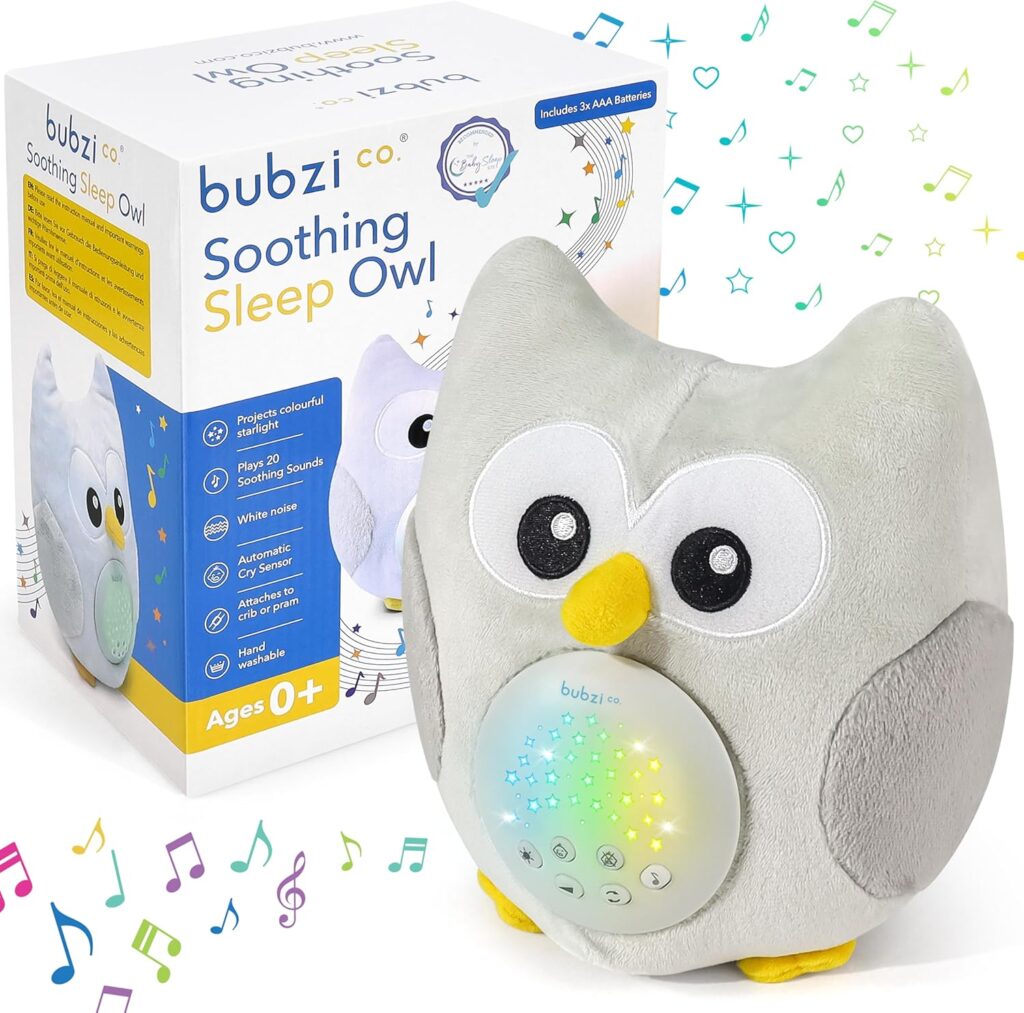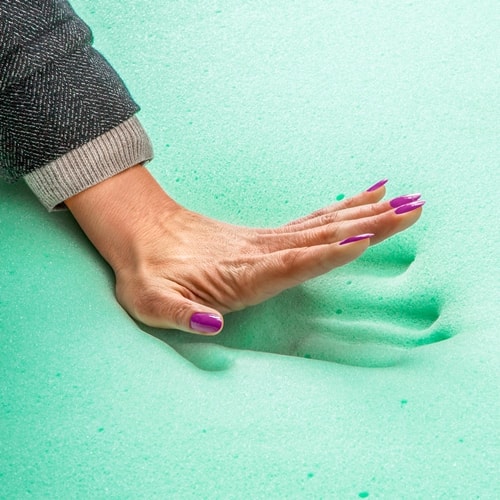5 Ways to Improve Infant Sleep
Getting your infant to sleep soundly can sometimes feel like an uphill battle for new parents.
However, establishing effective strategies can make a significant difference in your little one’s sleep quality and overall well-being.
In this post, we are going to explore five ways to help improve your little one’s sleep, ensuring both baby and parents get the rest they need.
Let’s dive in!
5 Ways to Improve Infant Sleep
1. Use an Infant Soother with White Noise
One of the most effective tools for improving infant sleep is an infant soother that plays white noise.
The consistent, soothing sound mimics the comforting environment of the womb, helping to lull your baby to sleep.
White noise can also mask other household sounds that might disrupt sleep, creating a peaceful atmosphere.
Soothing options like gentle lullabies or nature sounds can further enhance the calming effect, making it easier for your baby to drift off.
Out of all of the soothers we’ve tried, Bubzi’s Infant Sound Machine is our personal favorite.
Bubzi’s soother is the ultimate sleep aid for infants, featuring 10 soothing sounds, including white noise and calming lullabies, to help babies fall asleep faster and stay asleep longer.
Its starlight projector creates a serene ambiance with calming constellation lights, enhancing the sleep environment.
The cry-activated sensor automatically plays soothing sounds when it detects your baby’s cries, providing instant comfort while allowing parents to rest.
Additionally, its lightweight and portable design make it a perfect companion for travel, ensuring your baby has a familiar and comforting sleep aid wherever you go.
Simply follow the directions and you’re good to go!
2. Establish a Consistent Bedtime Routine
Creating a predictable bedtime routine can signal to your infant that it’s time to wind down.
Consistent activities, such as a warm bath, gentle rocking, or reading a bedtime story, help establish a sense of security and calm.
Aim to follow the same sequence of activities each night, as this can help your baby understand what to expect and prepare them for sleep.
3. Optimize the Sleep Environment
A conducive sleep environment is crucial for your infant’s rest.
Keep the room dark and quiet, using blackout curtains to block out excess light.
Maintain a comfortable temperature, ideally around 68°F (20°C), to promote a restful atmosphere.
A firm mattress and safe crib or bassinet will ensure your baby has a secure space for sleep.
4. Monitor Feeding and Nap Schedules
Paying attention to your infant’s feeding and nap schedules can significantly influence their sleep quality.
Ensure your baby is well-fed before bedtime to reduce the likelihood of waking up due to hunger.
Additionally, observe their natural sleep cues and avoid letting them become overtired, as this can make it harder for them to fall asleep.
5. Encourage Daytime Activity and Exposure to Natural Light
During the day, engage your infant in activities that promote wakefulness, such as gentle playtime and tummy time.
Exposure to natural light can help regulate their circadian rhythm, making it easier for them to distinguish between day and night.
By encouraging daytime activity, you can help your baby develop a balanced sleep-wake cycle, leading to more restful nights.
Improving Infant Sleep
Improving your infant’s sleep can require some effort, but implementing these strategies can lead to better rest for both baby and parents.
By using an infant soother with white noise, establishing a consistent bedtime routine, optimizing the sleep environment, monitoring feeding schedules, and encouraging daytime activity, you can help your little one develop healthy sleep habits.
With patience and consistency, you’ll be well on your way to nurturing a peaceful sleep routine for your baby.
Thank you for reading!
Affiliate Disclosure
Some of the links on this site are affiliate links. This means that if you click on the link and purchase the item, we may receive an affiliate commission at no extra cost to you. I only recommend products or services that I believe will add value to my readers, however some (not all) do pay us to be on this blog. Your support and theirs helps keep this blog running, and I genuinely appreciate it.
Medical Disclaimer
The information provided on this website is for educational purposes only and is not intended as medical advice. This blog or the writer is not a licensed healthcare professional, and the content should not be used as a substitute for professional medical diagnosis, treatment, or advice. Always consult with your physician or other qualified healthcare provider before starting any new treatment or making any changes to your healthcare routine.


